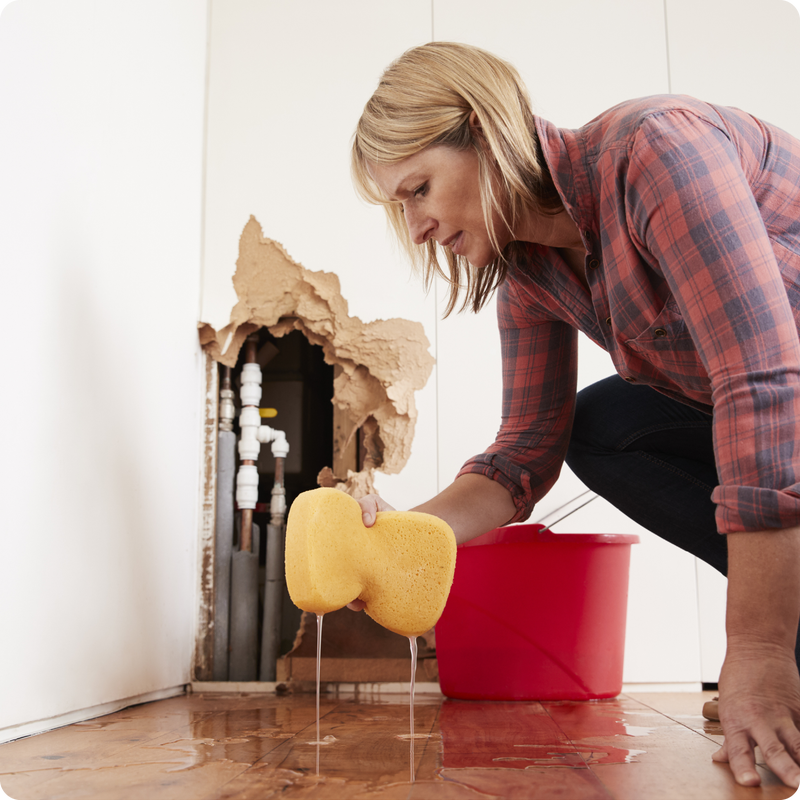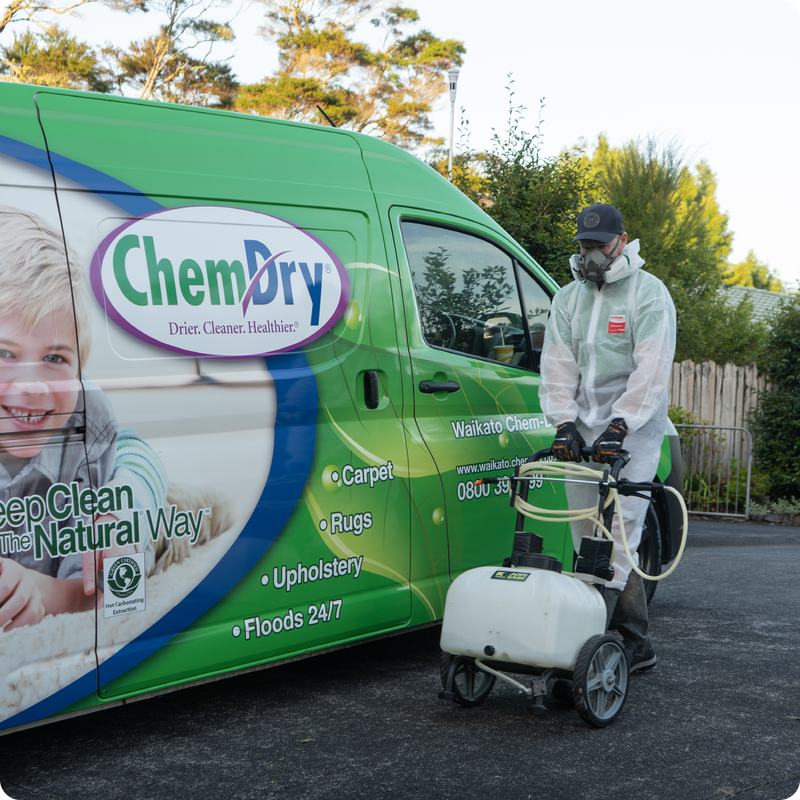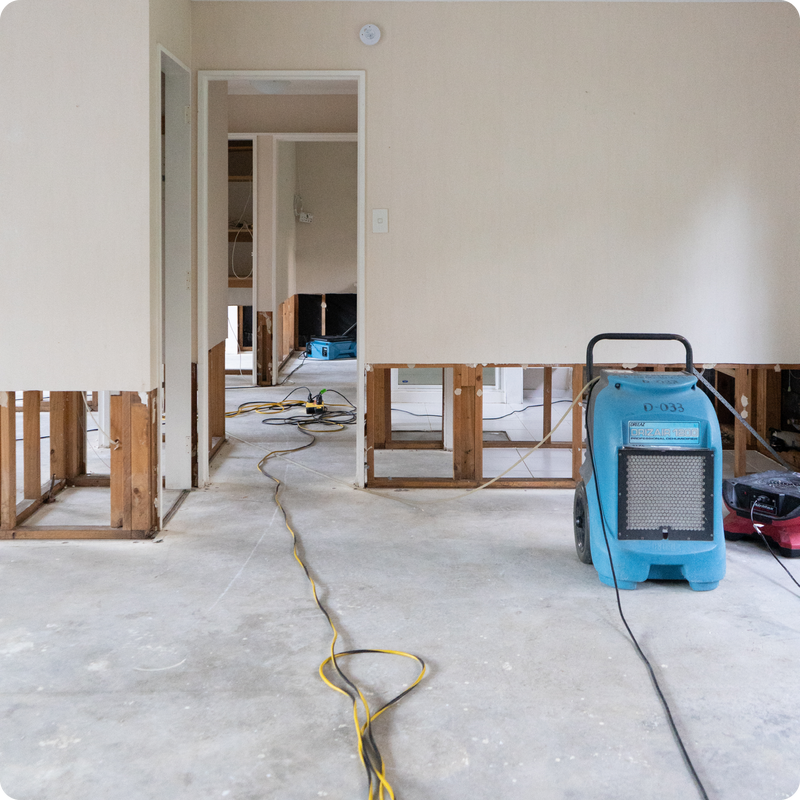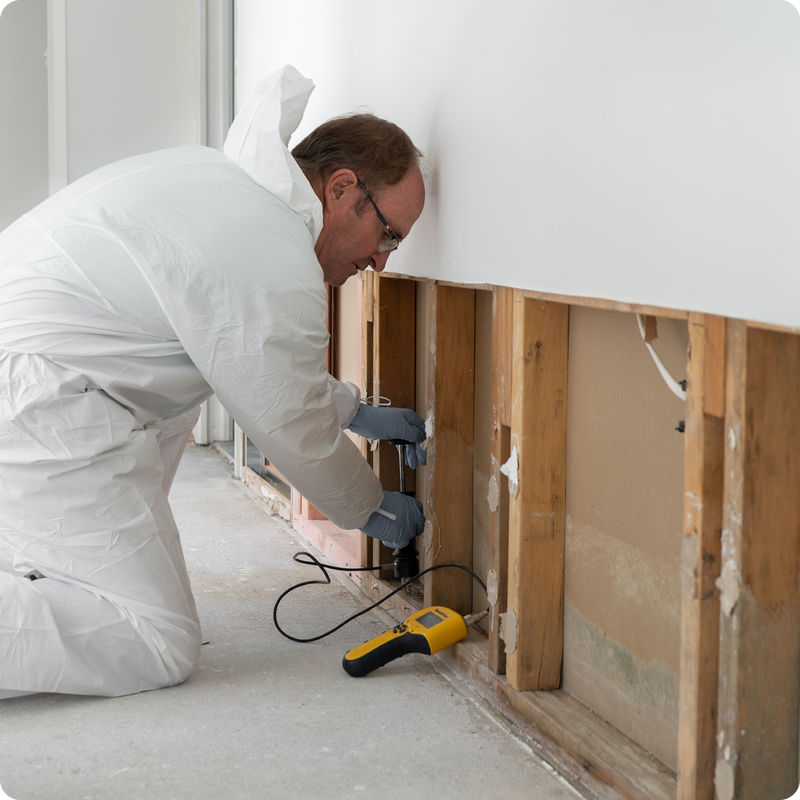What to Do When You Have A Leak Or A Flood Strikes: A Guide to Immediate Action and Insurance Claims
14 Feb, 2025
01. Make Safe
Before anything else, prioritise safety.
- Avoid contact with electrical outlets, plugs and appliances.
- In severe flooding, evacuate the property if necessary.
- Depending on the source of the water, there may be harmful contaminants. A burst water pipe in a house, is often considered a freshwater flood and contaminants at this stage are not such an issue, until it starts sitting for an extended period of time. Floodwater from weather or sewerage pipes bursting, contain all matter of toxins and are what we call grey and black water floods. Wear protective gear if you must enter the affected area and wash your hands well and often.
02. Call Chem-Dry for Immediate Assistance
The next critical step is to act fast to minimise damage. Chem-Dry’s nationwide team is available 24/7 for emergencies.
- Offering a 24/7 rapid response service, our technicians arrive promptly with advanced water extraction and drying equipment to start removing the bulk of the water, apply an anti-microbial treatments, install HEPA air scrubbing units to limit airborne pathogens if applicable, and start drying out wet materials to mitigate the damage immediately.
- Quick action by you, and us, prevents issues like mould growth, structural damage and secondary damage, saving time and costs in the long run. It can be tempting to try and extract water with a wet-vac or attempting to dry it yourself with a heater or dehumidifier that you may have on hand, however water has a way of travelling. Walls and floors might feel dry to the touch but penetrative readings or thermal imaging will show that moisture has often tracked. To bring surfaces and building materials back to dry standard, a significant amount of effort is needed to extract moisture which is best achieved with professional extraction and drying equipment. Should water damage not be properly addressed when the incident occurs, and there are issues down the track, this is often considered secondary damage and unlikely covered by your insurance policy.
- In severe flooding instances, we may need to mark out an area of GIB for removal by a builder, or make small holes in a wall to push air into a cavity. Our team will complete some of this work but also work with your insurers preferred builder where required. In most flood and leak instances, we can simply dry rooms with less invasive drying techniques.
03. Document the Damage & Project Management
Accurate documentation is vital for insurance claims.
- Once on site, our team will complete a Health & Safety Assessment, draw up a site sketch highlighting the wet areas, take moisture readings from areas throughout the property, and on return visits, update this table to show moisture readings tracking towards dry standard. Our technicians will take photos, capturing the affected areas and damage.
- If you are lodging a claim with your insurer, they will be able to log into our custom job management Portal, to check in on the progress of your job. This makes it easy for you, as we provide all the information they need to process your claim.
- If you have contents insurance and items are damaged, it is a good idea for you to take photos and compile a list of all items impacted by the flood to help with your claim.
- At the end of the job, Chem-Dry will also provide a Power Usage chart so that your insurer can understand the equipment used on site, for reimbursement of the electricity used as part of your claim.
- Chem-Dry can organise skip bins, packing and storage, contents restoration and everything in between so that much of the process is project managed for you. We also know the best antique clock restorers in the business, dry cleaners, ultrasonics cleaners – so that you can be reunited with your most loved possessions.
The good news is, Chem-Dry deals with these situations day in day out. We can help you work out what is required whilst keeping an eye to limiting damage, cost and time, returning your property back to a sense of normalcy.
Other Services

Carpet Cleaning
Using unique carbonisation technology, less water for a fast dry time and no harsh chemicals or detergents, Chem-Dry can breathe life into your carpets. Regular cleaning is key to making sure your carpets don't ugly out before they wear out.
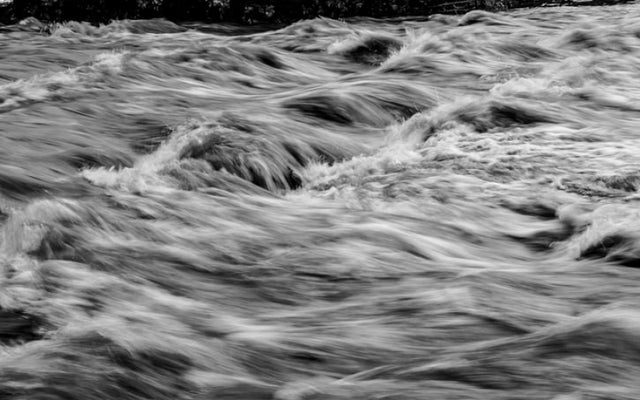
Flood & Water Restoration
Offering a 24/7 Emergency Flood Response Service, our experienced professionally trained team will extract the water quickly, help move furniture, dry carpets, flooring, walls and ceilings using our industrial air movers and de-humidification equipment, and if needed, will arrange to re-stretch and lay your newly dried carpet, finishing with a deep clean and sanitisation.
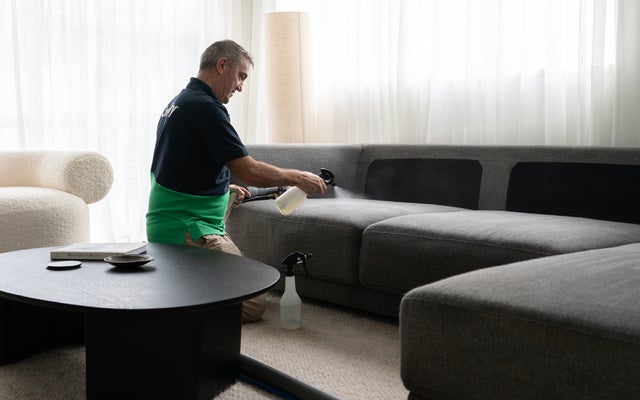
Upholstery Cleaning
Freshen up your furniture with a quick drying, deep clean. Upholstery & mattress cleaning will lift those pesky stains, less than fresh smells and will bring the vibrance back to your dull and grubby couch, sofa, mattress and dining chairs.
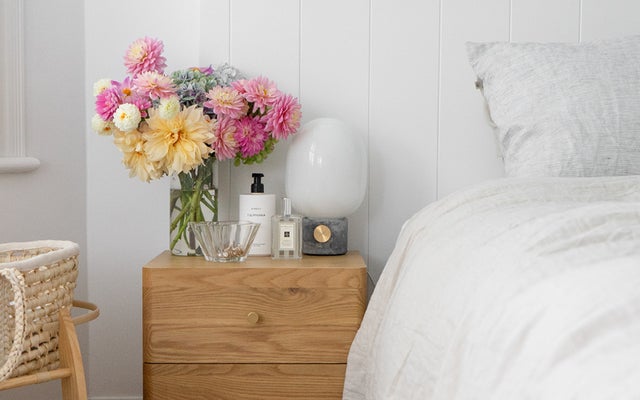
Sanitise, Deodorise & Protect
Just as you clean your benchtop to keep a healthy home, do the same for your carpet, floors and upholstery with our sanitisation service that eliminates unhealthy bacteria. Strong and less than fresh smells can be dealt to with our deodorisation treatment that doesn't just mask the smell, but removes them for good. Finally, protect your carpet and upholstery from stains with our trio of stain blockers.
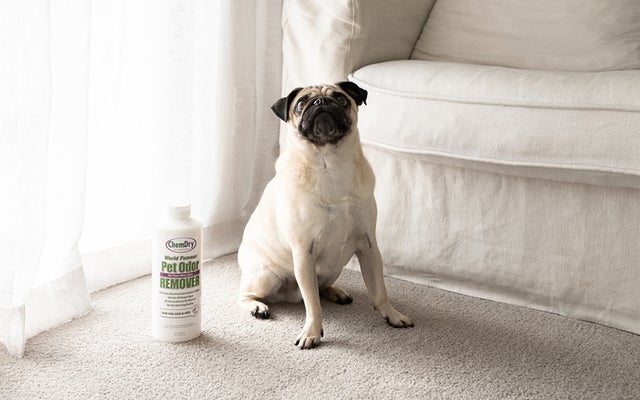
Pet Urine & Odour Removal
These can be the most stubborn smells and stains to remove but left untreated, are a breeding ground for bacteria and can attract the naughty reoffenders back again. Our unique PURT treatment provides consistently excellent results on even the most severe urine damage.
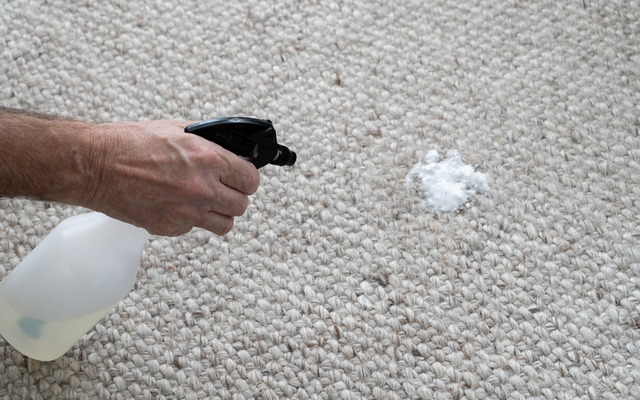
Specialty Stain Removal
Most spills, spots and marks on carpet and upholstery are easily removed with Chem-Dry’s basic cleaning. However, sometimes difficult stains such as paint, lipstick and permanent marker require special treatment including situations where DIY Stain Removal Corrections are called for. Using an arsenal of safe and effective stain removal products with the most innovative equipment, Chem-Dry can knock most tough stains out of carpets, rugs and upholstery for good.
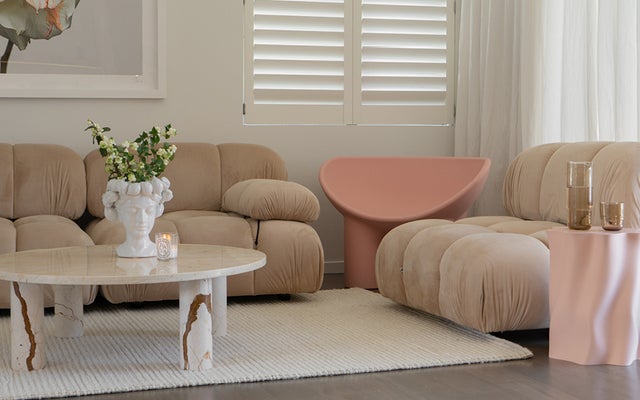
Specialty Rug Cleaning
Rugs can be a focal point for a room but overtime foot traffic, stains and spills can cause them to be a focal point for all the wrong reasons. Being intricate in design and construction, our trained technicians use the right tools and a high level of care to bring them back to their original beauty.
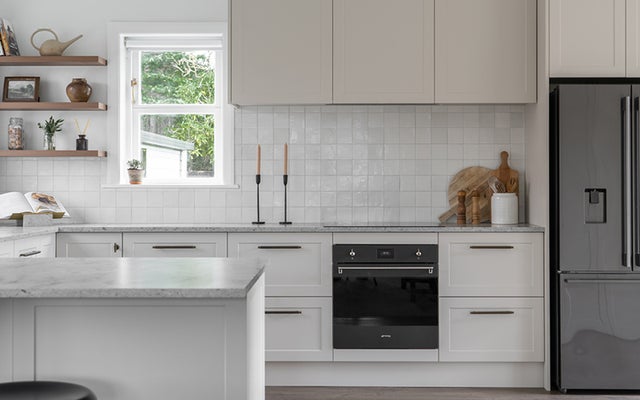
Tile & Grout Cleaning
Porous grout, tile and stone can act like a magnet for dirt, dust and grimy particles. A professional clean every 12-18 months will reduce the amount of effort it takes you to keep these areas looking clean.

Leather Cleaning
Look after your investment with our Certified Leather Specialists. We will identify your furniture's leather type and select products specifically designed to clean and remove soil build-ups and other stain causing elements. We'll then condition and protect your leather to revitalise its natural beauty and feel.
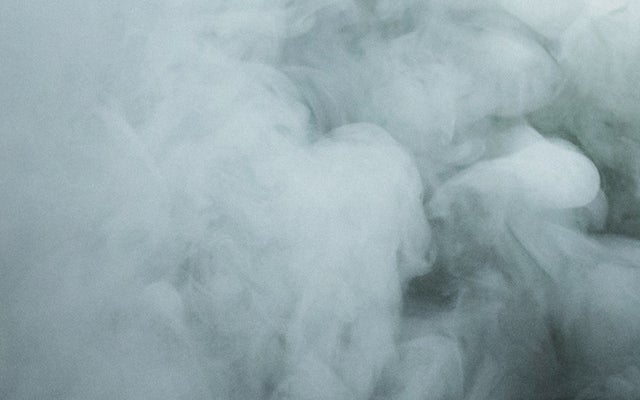
Fire & Smoke Restoration
Even a small fire can make a big mess, leaving a strong smoke smell, soot, smoke damage, water and other debris. It is important to identify and eliminate smoke and fire residues using correct techniques to save costly replacements and repairs in the long run.
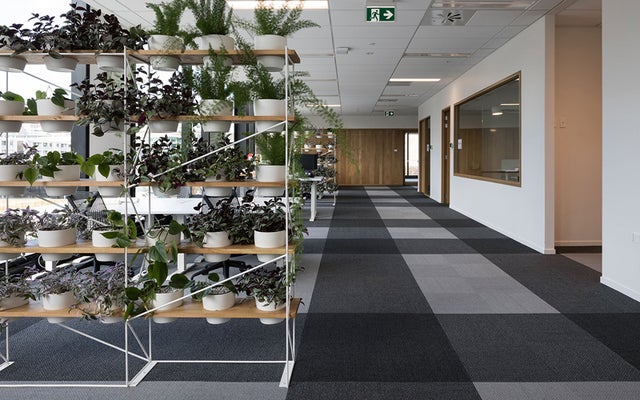
Commercial Carpet Cleaning
Chem-Dry delivers cleaning solutions to commerical applications throughout New Zealand every day. Our technicians can be found across the country working in the healthcare sector, rest homes, hotels and hospitality, schools, cinemas, retail, airports and on tens of thousands of insurance claims each year, to name just a few.
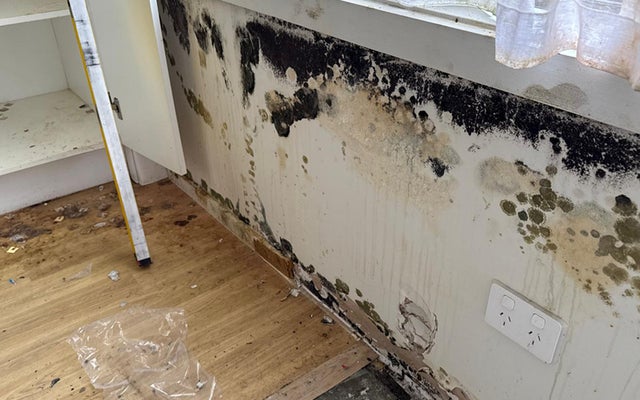
Mould Removal & Remediation
Mould can develop in indoor environments when moisture levels are high, and if not addressed, it may affect both the condition of your home and overall indoor air quality. This can cause health issues for some people and secondary damage to, in most cases, your greatest asset, your home. Chem-Dry offers professional mould remediation services designed to effectively treat affected areas and help maintain a healthier living space.

Flood & Water Restoration
When flooding strikes, every minute counts. Chem-Dry Supercity's expert flood restoration team arrives within 2-3 hours on average, anytime day or night. With our proven process, certified technicians, and state-of-the-art equipment, we'll quickly remove water, dry your property, and get your life back to normal. Call now for immediate help.
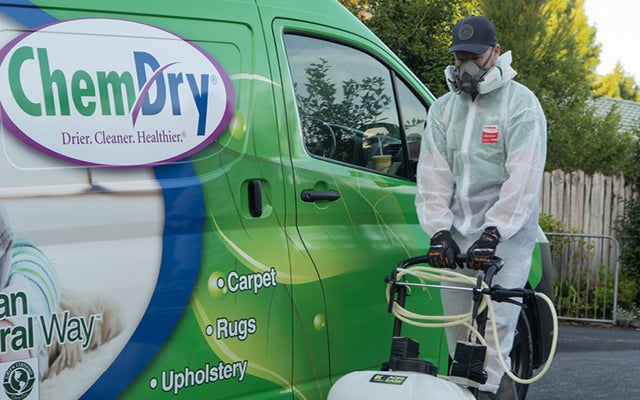
Trauma & Biohazard Cleaning
In moments of crisis, whether it’s the aftermath of an accident, crime scene or the delicate situation of an end-of-life event, the last thing you should worry about is the cleanup. Chem-Dry is here to help you navigate the cleanup process with professionalism, care, and discretion. With Chem-Dry, your property is in the hands of a trusted IICRC certified team who will deliver biohazard cleaning and decontamination to help restore your environment to a safe, healthy state.

